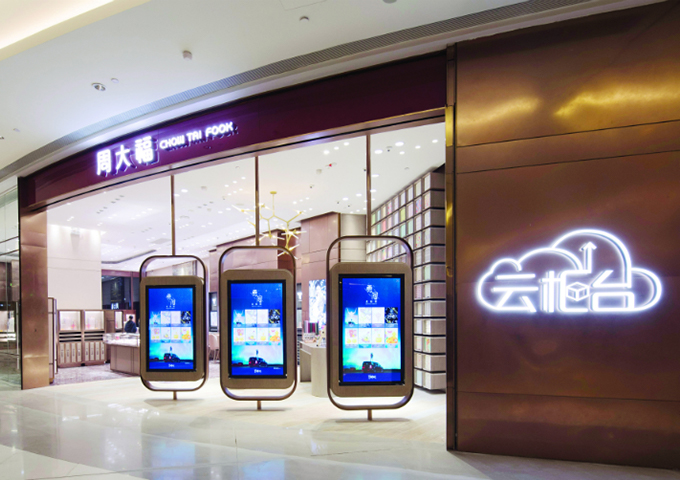Bobby Liu, Chow Tai Fook Jewellery Group Ltd’s executive director, shares with JNA the pivotal elements of the group’s growth strategy for the China market.
Chow Tai Fook Jewellery Group Ltd is adopting a multidimensional development strategy –encompassing brands, cities and channels – to strengthen its position in the China market. Executive Director Bobby Liu, who leads the group’s Sustainability and Innovation Centre, explains the significance of lower-tier cities, digital initiatives and online-to-offline measures to the group’s business in China.
What are Chow Tai Fook’s strategy and expansion targets for the China market?
Bobby Liu: Chow Tai Fook currently has over 3,500 shops and points of sale in China. More than half of these are in Tier 1 and Tier 2 cities where we are fully integrated within shopping malls and commercial districts. Consumers nowadays are growing in sophistication and seeking personalised products. To deliver a seamless and compelling customer experience, we have implemented a multibrand strategy to establish several brands and retail stores that target different customer segments. Moreover, select stores in Tier 1 and Tier 2 cities feature innovative digital features to cater to younger consumers.
The Group also continues to expand strategically in lower-tier and county-level cities. In recent years, we widened our reach in such cities, which now account for 45 per cent of our total points of sale in the country. We also rely on the franchise business model to leverage our partners’ local knowledge and access for rapid and effective market penetration. We remain committed over the next three to five years to growing our market share in lower-tier cities, serving more consumers in the country and supporting the government’s modernisation drive.
Why are lower-tier cities important for your strategy in China?
Liu: China’s continued modernisation has boosted the economic vitality of Tier 3, Tier 4 and county-level cities, leading to increasingly affluent societies with growing purchasing power. Developing a presence in these cities is pivotal to establishing a comprehensive network in China. It also allows us to capitalise on Chinese consumers’ rising spending power, improve our market share in the country and enable our sales growth to inject new impetus in our business. We believe in the potential of jewellery consumption in lower-tier cities. In our plan for store openings in this financial year, around 10 per cent of the new stores are in Tier 1 cities, about 35 per cent in Tier 2 cities, some 28 per cent in Tier 3 cities, and 27 per cent in Tier 4 cities.
What synergies exist between Chow Tai Fook’s offline and online sales channels?
Liu: To seize the opportunities arising from online-to-offline (O2O) interactions, we have collaborated with over 90 e-commerce platforms. The leading ones are Chow Tai Fook online flagship store, Tmall and JD.com, with unique daily visitors of nearly 500,000. We also engage our online customers through digital tools and social media channels powered by our O2O synergy, such as Weibo, WeChat, RED and Tik Tok, with almost 10 million followers.
Our e-commerce development profits from the integration of online and offline resources, and stronger cooperation with major online platform partners. For instance, the online order distribution programme with JD.com and Tmall cuts down delivery time by sending jewellery orders to our customers from the nearest available point of sale.
Select shops in Tier 1 and Tier 2 cities offer varied store layouts with interactive technology. Cloud Kiosks have been installed in-store to provide a renewed digitalised shopping experience. These are O2O hubs linking online orders at physical locations to our e-commerce platform. Cloud Kiosks operate primarily at our points of sale in China, where customers can experience shorter transaction times and wider product selections not limited to store level anytime, anywhere. The stores likewise benefit from having more product offerings, especially in Tier 3 and Tier 4 cities, ready access to a wider range of new products, and higher inventory turnover.










